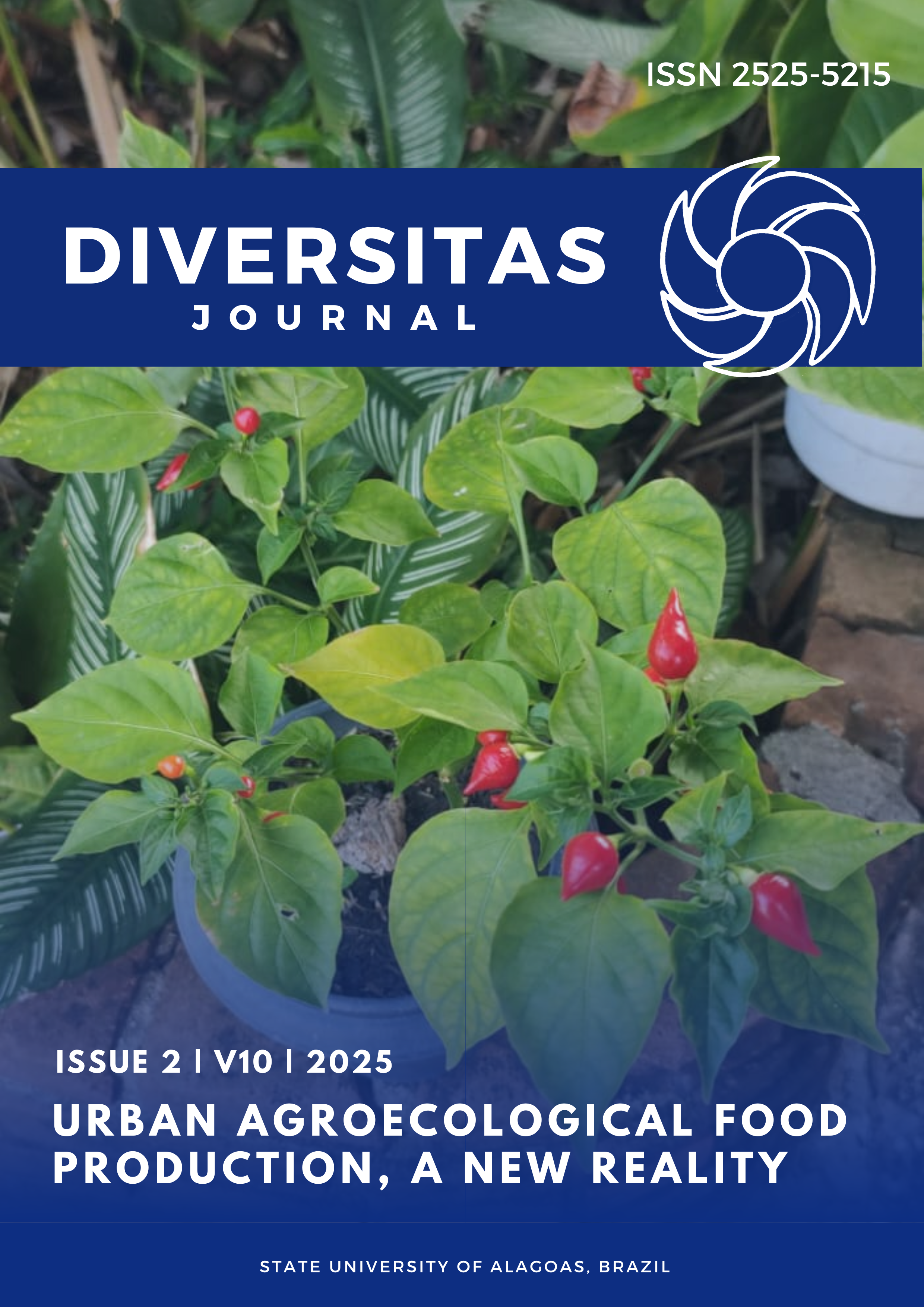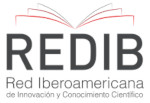Graduate Trajectory: In-Depth Follow-up Study of Bachelor of Secondary Education Graduates at Cavite State University Carmona Campus
DOI:
https://doi.org/10.48017/dj.v10i2.3374Keywords:
tracer study, career path, teacher educationAbstract
The study aimed to determine the career trajectory of the 145 teacher education graduates from academic years 2020-2024 at Cavite State University Carmona Campus. Specifically, the study determined the profile of the graduates, employment status, first job experience, relevance of first and current job in the curriculum, competencies and skills learned prior to graduation, and the suggestions to improve the curriculum. Results revealed that most of the participants were female, single, have not taken yet any graduate studies, and receive a monthly gross income of Php10,001 to Php15,000. Most of them are professional licensed teachers, permanently employed in local private institutions and hold professional, technical or supervisory positions. However, few preferred not to work due to health and personal concerns. It was also revealed that reason for accepting their first job and stayed for one year to less than two years were the salary and benefits the institution offered. The time interval for the participants to have their first job, is less than a month and social connections played significant role in their job search process. Moreover, most participants considered their completed course to be very much related to their first and current job. Participants suggested ways to better enhance the curriculum, such as aligning the curriculum with the content of the licensure examination, address mismatches between the students’ specialization and the subjects to be handled in the secondary level, and the curriculum to focus more on developing the critical thinking and problem-solving skills of the students.
Metrics
References
Abella, K. C. A. N. P., Cahigas, E. G. T., & Campaña, C. P. (2024). Exploring the realities of fresh graduates in their entry-level jobs. International Journal of Engineering Technology Research & Management, 8(1).
Abing, M. M., Ladra, F. B., & Molina, E. J. M. (2020). Tracer study of the teacher education graduates of Central Mindanao Colleges. Southeast Asian Journal of Multidisciplinary Studies, 2(2).
Achim, N., Badrolhisam, N. I., & Zulkipli, N. (2019). Employee career decision making: The influence of salary and benefits, work environment, and job security. Journal Academia,7 (Special Issue 1), 41-50.
Amah, E., & Otami, A. (2024). The Role of Social Networks in Job Search and Career Development. International Journal of Social Science and Management Research, 10(2).
Bacay, J. B., & Mame, R. M. (2022). "A Tracer Study on the Employability and Curriculum Relevance among BatStateU Graduates 2014-2018." International Journal of Recent Innovations in Academic Research, 6(7), (pp.16-30).
Caingcoy, M. E. (2021). "Scoping Review on Employability Skills of Teacher Education Graduates in the Philippines: A Framework for Curriculum Enhancement." International Journal of Education and Literacy Studies, 9(4).
Caingcoy, M. E., Ramirez, I. A. L., Gaylo, D. N., Adajar, M. I. W., Lacdag, E. O., & Blanco, G. A. B. (2021). Employment, employability, and competencies of the bachelor of secondary education graduates. International Journal of Research in Education and Science (IJRES), 7(3), (pp. 872-884).
David, A. P., Reyes, Z. Q., & Miranda, P. A. (2022). Graduate teacher education in the Philippines: Observations and prospects. The Normal Lights, 14(2), (pp.248-271).
Fernandez-Docallas, F. (2021). Working conditions and turnover intentions of teachers in the small public junior high schools of Baguio City, Philippines. [Unpublished master's thesis]. Benguet State Univeristy
Galbraith, D., & Mondal, S. (2020). The potential power of internships and the impact on career preparation. Research in Higher Education Journal, 38(6), (pp. 9-16).
Hwang, Y. (2017). What is the cause of graduates’ unemployment? Focus on individual concerns and perspectives. https://files.eric.ed.gov/fulltext/EJ1150519.pdf
Lao, G. M., Villamayor, D. J. F., Campos, F. W. H., Dasmariñas, H. A. Q., Dechavez, J. P. D., & Biadoma-Toledo, C. (2023). Career choice: A case study of college students shifting career paths. Indonesian Journal of Educational Research and Technology, 3(2).
Mole, R. D. (2022, October). Why Filipino teachers opted to teach abroad. DepEd Bataan. https://www.depedbataan.com/why-filipino-teachers-opted-to-teach-abroad
Nyamwange, J. (2016). Influence of student's interest on career choice among first year university students in public and private universities in Kisii County, Kenya. Journal of Education and Practice, 7(4), (pp. 96-102).
Oboza, J. V. (2017). "A Tracer Study of the First Batch of Teacher Education Graduates of Pangasinan State University, Alaminos City Campus. Scholarly Research Journal for Interdisciplinary Studies, 2(1), (pp. 1-10).
Palabrica, K. M. H., & Ferolino, C. H. (2023). Career choices of senior high school academic track graduates in Sorsogon City. Sorsogon State University, Philippines.
Pardo, C. G., & Relon, L. P. (2023). Tracer Study and Employment of the Teacher Education Graduates of a University in North Luzon, Philippines. Asian Journal of Education and Human Development, 4(1).
Pentang, J. T., Perez, D. R., Cuanan, K. H., Recla, M. B., Dacanay, R. T., Bober, R. M., dela Cruz, C. E., Egger, S. P., Herrera, R. L., Illescas, C. M., Salmo, J. M., Bucad, M. L., Jr., Agasa, J. V., & Abaca, N. A. (2022). Tracer study of teacher education graduates of Western Philippines University - Puerto Princesa Campus: Basis for curriculum review and revision. International Journal of Multidisciplinary: Applied Business and Education Research, 3(3), (pp. 418–431).
Prabhu, N., Modem, R., Lakshminarayanan, S., & Pillai, R. (2022). Twenty-five years of career growth literature: A review and research agenda. Industrial and Commercial Training, 54(1), (pp. 152-182).
Purohit, D., Jayswal, M., & Muduli, A. (2021). Factors influencing graduate job choice – a systematic literature review. European Journal of Training and Development, 45(4/5), (pp. 381-401).
Ramos, M. C. (2024). Graduate Tracer Study: Exploring the Relationship Between Education and Employment." Asia Pacific Journal of Management and Sustainable Development, 12(1), (pp. 108-117)
Refugia, J. (2024). Exploring employability, program relevance and job satisfaction among BS Criminology graduates. International Journal of Multidisciplinary: Applied Business and Education Research, 5(1).
Statista. (2024). Employment in the Philippines - Statistics & Facts. Retrieved December 28, 2024, https://www.statista.com/topics/10073/employment-in-the-philippines/
Tayco, R. O., Supat, P. S., & Estrope, C. P. (2022). Employability of a State University graduates in the Philippines. Asia Pacific Journal of Management and Sustainable Development, 10(1), pp. 61-69).
Varshavskaya, E., & Podverbnykh, U. (2021). Job search strategies of recent university graduates: prevalence and effectiveness. Education and Training, 63(1), (pp. 135-149).
Downloads
Published
How to Cite
Issue
Section
License
Copyright (c) 2025 Jocelyn Siochi

This work is licensed under a Creative Commons Attribution 4.0 International License.
The Diversitas Journal expresses that the articles are the sole responsibility of the Authors, who are familiar with Brazilian and international legislation.
Articles are peer-reviewed and care should be taken to warn of the possible incidence of plagiarism. However, plagiarism is an indisputable action by the authors.
The violation of copyright is a crime, provided for in article 184 of the Brazilian Penal Code: “Art. 184 Violating copyright and related rights: Penalty - detention, from 3 (three) months to 1 (one) year, or fine. § 1 If the violation consists of total or partial reproduction, for the purpose of direct or indirect profit, by any means or process, of intellectual work, interpretation, performance or phonogram, without the express authorization of the author, the performer, the producer , as the case may be, or whoever represents them: Penalty - imprisonment, from 2 (two) to 4 (four) years, and a fine. ”


















